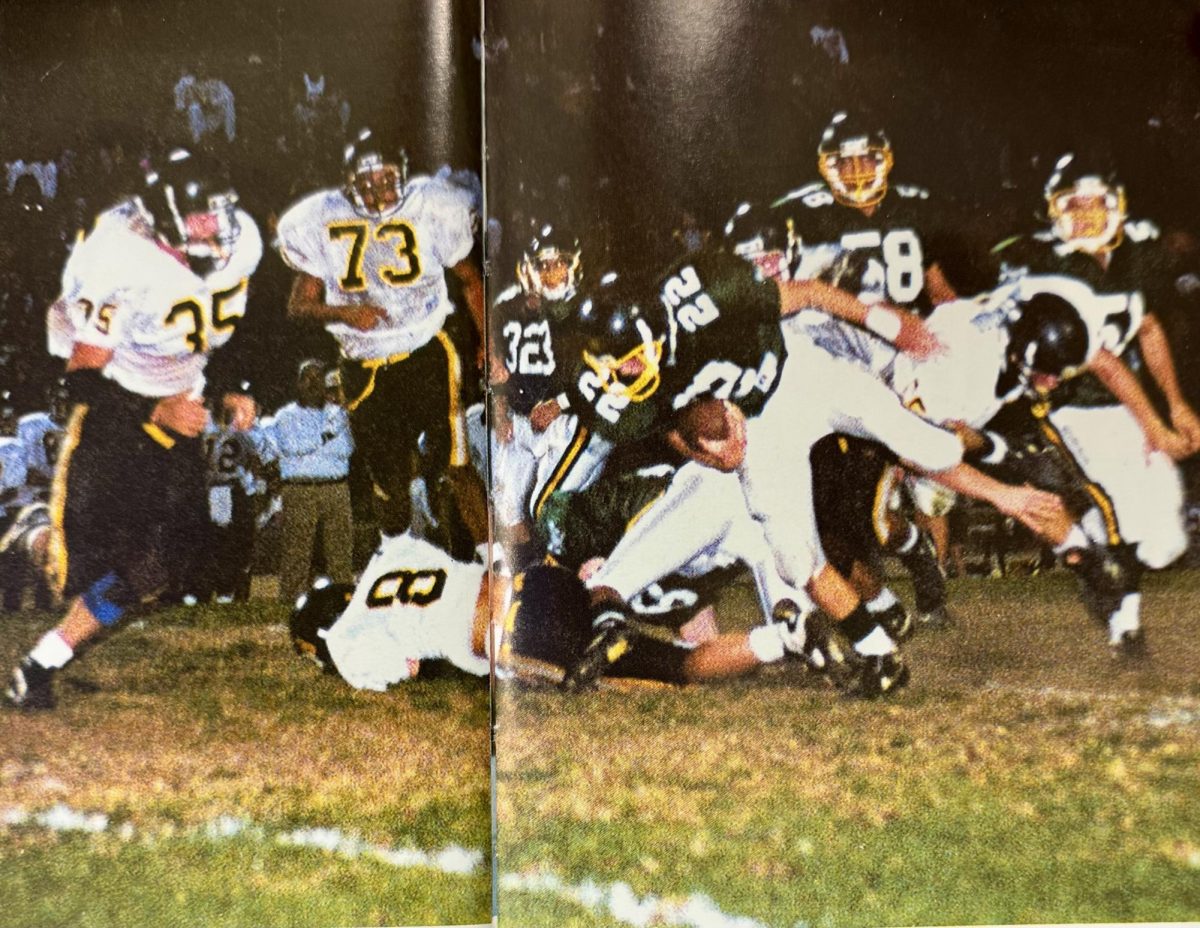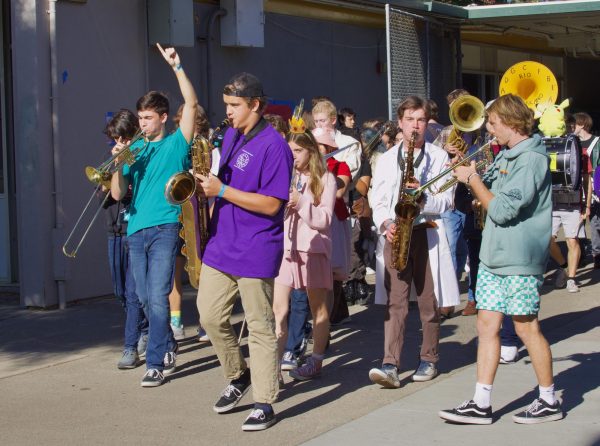More High School Graduates Leaving California
When Nick Alvarez visited the University of Nevada, Reno, during spring break of his junior year it was, in his words, “love at first sight.”
The campus is beautiful and they have a strong program in his intended major of computer science, he said. And to seal the deal, the university offered him $8,000 off tuition plus room and board. The school charges California residents $11,000 normally, but with this aid, his total first-year bill will be about $15,000.
“UNR not only offers an appealing cost of tuition, but also it’s in the heart of Reno and the surrounding Sierra Nevada mountains, which I love,” said Alvarez, who graduated from Rio Americano in June.
Thus this week, Alvarez joined a growing number of Rio and California high school graduates who will attend college in another state.
In the past 10 years the number of California high school graduates leaving the state for college has nearly doubled. About 40,000 California graduates left the state for a four-year college in 2016, up from 22,000 in 2006, according to Department of Education statistics that were first reported in the Sacramento Bee.
At Rio, 62 students who responded to the Mirada survey of post-high school plans last May reported they would attend an out-of-state college, compared to 42 bound for out-of-state schools 2006.
“I am not surprised by these numbers because CSU and UC are so impacted,” said counselor Heather Jensen. “A lot of students are heading out of state and looking at WUE schools because in the long run students will save more money because our system is so impacted.”
Jensen said that two big reasons why so many students are leaving California for out-of-state schools are the cost, limited space and impacted classes at the University of California and California State University systems.
State universities make money by accepting out-of-state students, who often pay as much as three-times the in state tuition. However, schools in the Western Undergraduate Exchange program (or WUE, pronounced woo-ee) offer a special rate of about one and a half times the in-state rate to students from other Western states. If the school also offers financial aid, the cost may be cheaper than for a California school.
By comparison tuition at Sacramento State is $5,742, and at UC Davis tuition is $13,951, whereas at Boise State, an increasingly popular destination for Rio students, the WUE tuition is $7,308. These costs do not include room and board, which are often higher in California.
Elizabeth Finnecy is starting at Boise this fall, along with 12 other 2018 Rio grads. No Rio grads went to Boise in 2006.
“I chose Boise because I loved the town and the school is beautiful,” Finnecy said. “Everyone is so nice here and had nothing bad to say about the school. Also, it was cheaper than in state.”
Like other universities Boise may offer a break on out-of-state tuition to attract students–and their families– to their area.
“I think Boise State offers the best of a lot of worlds. We are a metropolitan research university, right in the middle of one of the fastest-growing cities in the country, so there are a lot of opportunities for internships and jobs after college,” said Greg Hahn Associate Vice President at Boise State in an interview with the Mirada. “Also, families from California and elsewhere really fall in love with Boise — often parents of our students move here while their children are at Boise State or soon after. Boise is really safe, the economy here is strong.”
Across California the most popular out-of-state universities are University of Oregon, Northern Arizona, UNR, Oregon State and Boise. The Oregon campuses are not WUE schools, so do not offer discounted tuition.
Competition for admission and classes is also a factor in students leaving the state.
Because of the lack of space, the California State University turns away about 30,000 students each year.
It can also be difficult to complete a degree in four years at some CSU campuses. This four-year graduation rate at Sac State, for example, is about 10 percent, that climbs to 32 percent for five years. Out of state school, may not provide a solution though. At Boise the four-year graduation rate is just 15 percent, climbing to just over 32 percent after five years.
Many students look to private schools as a way to graduate in four years.
At Baylor University in Waco, Texas, where Rio grad Samantha Ford is enrolled, the graduation rate is 58 percent for four years and 72 percent for five.
Private schools are also considerably more expensive, but they do not charge extra for out of state. “I applied to San Francisco state, out of state schools definitely gave me more money in scholarships,” said Ford. “I think the reason being they were trying to encourage moving out of state.”
Economics is not the only reason students headed out of state. Ford wanted a new experience.
“I wanted to explore a place I’d never been before,” said Ford. “I thought if I could go live in a new environment and have new experiences, why not go?”






























